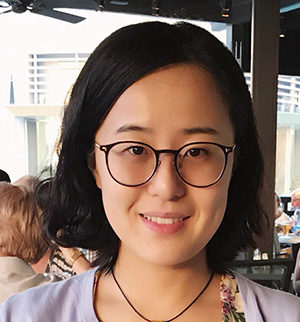 |
| Yu-Hung Chang |
Aerospace engineering doctoral student Yu-Hung Chang has been selected to receive the 2018 ILASS-Americas Simmons Award from the Institute for Liquid Atomization and Spray Systems (ILASS).
A student of AE professor Vigor Yang, Chang was recognized for her presentation, “Highly Efficient Spatiotemporal Flow Dynamics Prediction via Data-driven Analysis and LES-based Surrogate Model” which she gave before the 29th-ILASS-Americas in May 2017.
The Simmons Award provides a $1,000 prize to the student who has made the best presentation — with an emphasis on clarity, delivery, and visual aids; but also considers technical content and knowledge of the subject. Decisions are based on individual nominations as well as a combined score from a jury composed of session chairs and experts in the field.
A native of Taiwan, Chang earned her undergraduate degree from National Tsing Hua University (NTHU). She went on to earn an MS in mechanical engineering from National Taiwan University( NTU) and aanother MS from Georgia Tech's ISyE last spring.
"After I finish my doctorate, I plan to find an academic job in the U.S., but I'm also thinking about doing consulting work in Georgia after graduation considering my research is interdisciplinary, which includes statistics, physics, and engineering," she said. "Overall, I would like to explore any possibilities to fully utilize the skills, knowledge, and theories I have learned and developed during my Ph.D. journey."
Chang's principal research interests lie in the field of the application of data-driven methods to solve problems in fundamental fluid mechanics, thermodynamics, and statistics fields. She is currently working on interdisciplinary studies combined with statistics, machine learning, and computational fluid dynamics to develop a paradigm of design methods for the new engineering generation by using a simple swirl injector as an example. This method develops a surrogate model predicting spatiotemporal evolving flow dynamics accurately in very short turnaround time with limited computation resources. It helps engineers and scientists to study primary issues of fluid mechanics further and complete an intricate design survey of a swirl injector.